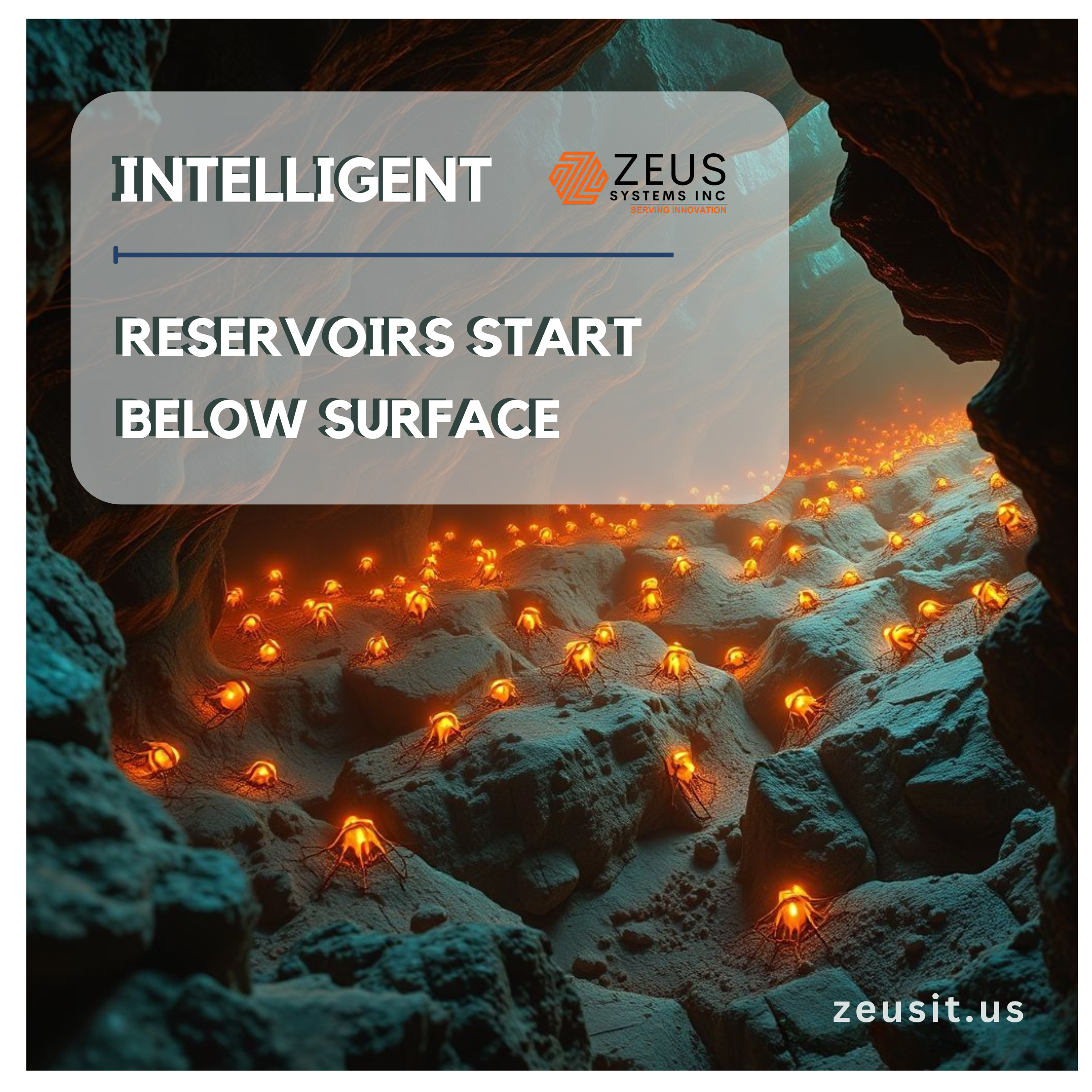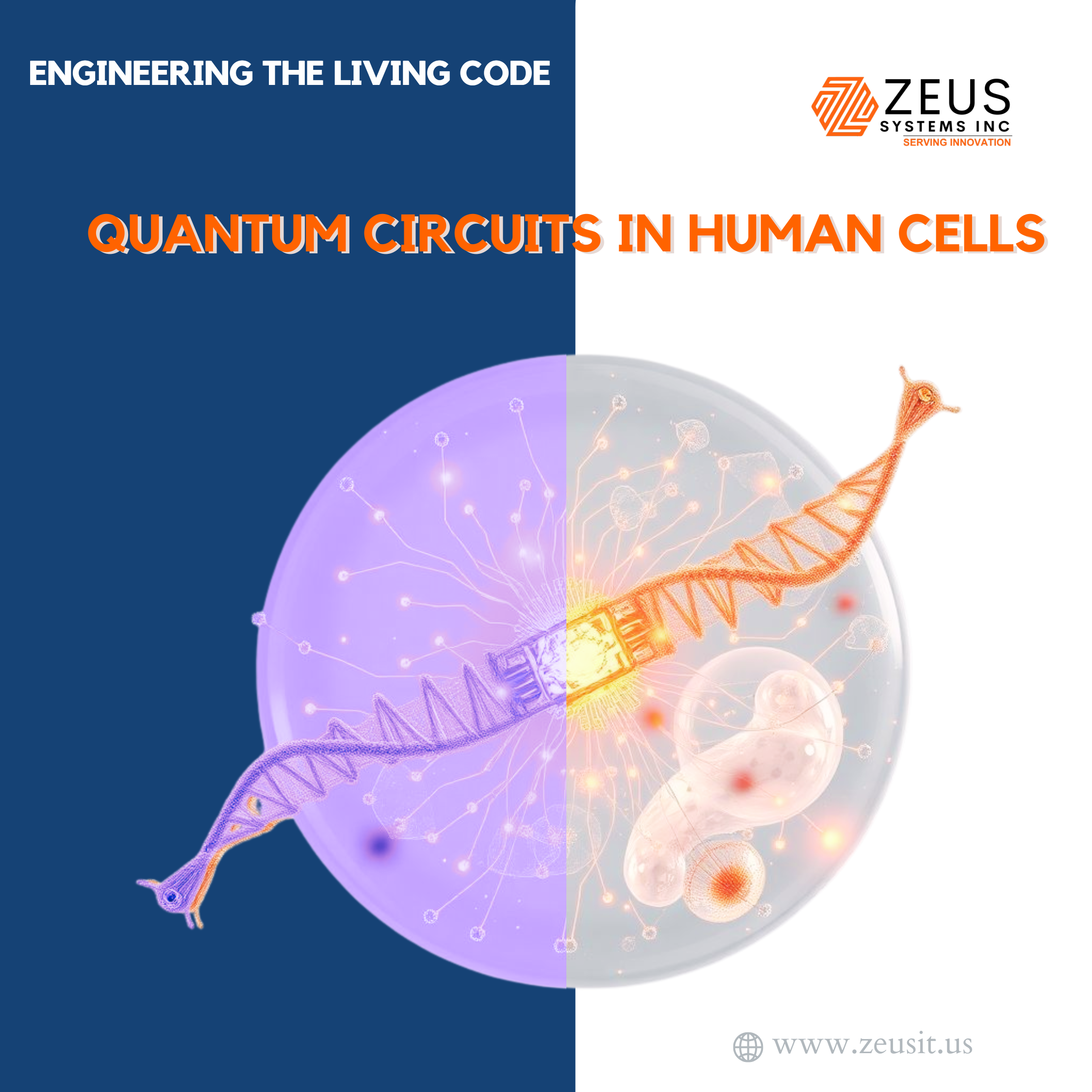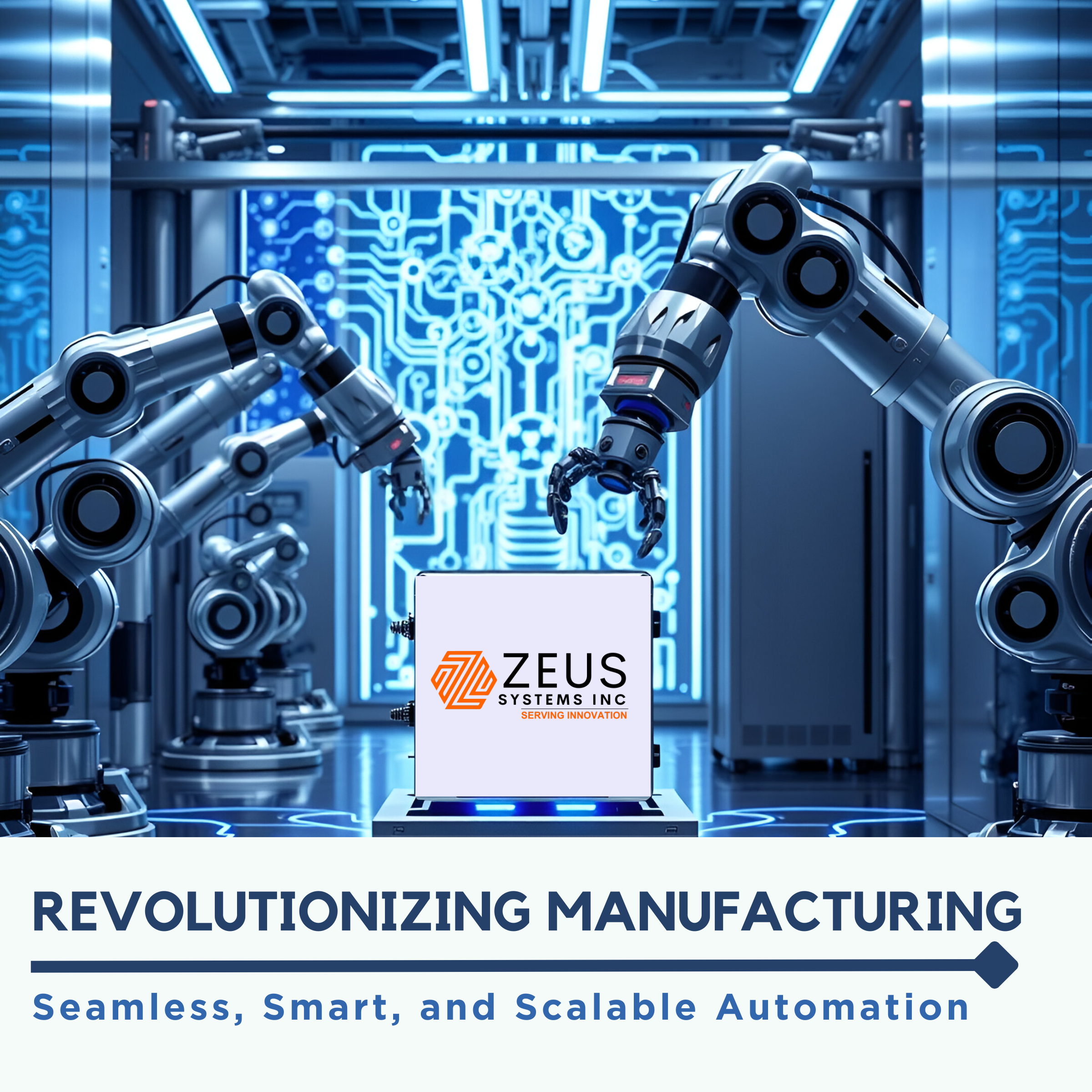In the evolving arena of energy technologies, one frontier is drawing unprecedented attention—the merger of real-time energy buffering and artificial cognition. At this junction lies Skeleton Technologies’ “SuperBattery,” a groundbreaking supercapacitor-based system now expanding into real-world mobility and AI infrastructure at scale.
Unlike traditional batteries, which rely on slow chemical reactions, supercapacitors store and release energy via electrostatic mechanisms, enabling rapid charge-discharge cycles. Skeleton’s innovation sits at a revolutionary intersection: high-reliability energy recovery for fast-paced applications—racing, robotics, sustainable grids—and now, the emergent demands of AI systems that themselves require intelligent, low-latency power handling.
This article ventures into speculative yet scientifically anchored territory: how supercapacitors could redefine AI mobility, grid cognition, and dynamic energy intelligence—far beyond what’s been discussed in current literature.
1. The Cognitive Grid: Toward a Self-Healing Energy Infrastructure
Traditionally, energy grids have operated as reactive systems—responding to demands, outages, and fluctuations. However, the decentralization of power (via solar, wind, and EVs) is forcing a shift toward proactive, predictive, and even learning-based grid behavior.
Here’s the novel proposition: supercapacitor banks, embedded with neuromorphic AI algorithms, could serve as cognitive nodes within smart grids. These “neuronal” supercapacitors would:
- Detect and predict voltage anomalies within microseconds.
- Respond to grid surges or instability before failure propagation.
- Form a distributed “reflex layer” for urban-scale energy management.
Skeleton’s technology, refined in high-stress environments like racing circuits, could underpin these ultra-fast reflex mechanisms. With R&D support from Siemens and Finland’s advanced energy labs, the vision is no longer theoretical.
2. The AI-Mobility Interface: Supercapacitors as Memory for Autonomous Motion
In automotive racing, energy recovery isn’t just about speed—it’s about temporal precision. Supercapacitors’ microsecond-scale discharge windows offer a crucial advantage. Now, transpose that advantage into autonomous AI-driven vehicles.
What if mobility itself becomes an expression of real-time learning—where every turn, stop, and start informs future energy decisions? SuperBatteries could act as:
- Short-term “kinetic memories” for onboard AI—buffering not just energy but also contextual motion data.
- Synaptic power pools for robotic motion—where energy spikes are anticipated and preloaded.
- Zero-latency power arbitration layers for AI workloads inside mobile devices—where silicon-based reasoning meets instant physical execution.
This hybrid of energy and intelligence at the edge is where Skeleton’s SuperBattery could shine uniquely, far beyond conventional EV batteries or lithium-ion packs.
3. Quantum-Coupled Supercapacitors: Next Horizon for AI-Aware Energy Systems
Looking even further ahead—what if supercapacitors were designed not only with new materials but with quantum entanglement-inspired architectures? These hypothetical “Q-Supercaps” could:
- Exhibit nonlocal energy synchronization, optimizing energy distribution across vehicles or AI clusters.
- Function as latent energy mirrors, ensuring continuity during power interruptions at quantum computing facilities.
- Serve as “mirror neurons” in robotic swarms—sharing not just data but energy state awareness.
While quantum coherence is notoriously difficult to maintain at scale, Skeleton’s research partnerships in Finland—home to some of Europe’s top quantum labs—could lay the groundwork for this paradigm. It’s an area with sparse existing research, but a deeply promising one.
4. The Emotional Battery: Adaptive Supercapacitors for Human-AI Interfaces
In a speculative yet emerging area, researchers are beginning to explore emotion-sensitive power systems. Could future supercapacitors adapt to human presence, emotion, or behavior?
Skeleton’s SuperBattery—already designed for fast-response use cases—could evolve into biosensitive power modules, embedded in wearables or neurotech devices:
- Powering adaptive AI that tailors interaction modes based on user mood.
- Modulating charge/discharge curves based on stress biomarkers.
- Serving as “energy cushions” for biometric devices—avoiding overload during peak physiological moments.
Imagine a mobility system where the car responds not only to your GPS route but also to your cortisol levels, adjusting regenerative braking accordingly. We’re not far off.
5. Scaling Toward the Anthropocene: Manufacturing at the Edge of Sustainability
Of course, innovation must scale sustainably. Skeleton’s manufacturing expansion—backed by Siemens and driven by European clean-tech policy—reflects a vision of carbon-reductive gigafactories optimized for solid-state energy systems.
The new facilities in Finland will incorporate:
- Plasma-free graphene synthesis to reduce environmental impact.
- Recyclable hybrid supercapacitor casings to close the material loop.
- AI-optimized defect detection during manufacturing, reducing waste and improving consistency.
Crucially, these are not future promises—they’re happening now, representing a template for how deep tech should be industrialized globally.
Conclusion: Toward a Neural Energy Civilization
As we move from fossil fuels to neural networks—from chemical latency to cognitive immediacy—the SuperBattery may become more than a component. It may become a node in an intelligent planetary nervous system.
Skeleton Technologies is not merely building capacitors. It is pioneering an energetic grammar for the coming AI age, where power, perception, and prediction are co-optimized in every millisecond. Supercapacitors—once niche and industrial—are poised to become neuronal, emotional, and symbiotic. And with real-world expansion underway, their age has arrived.










